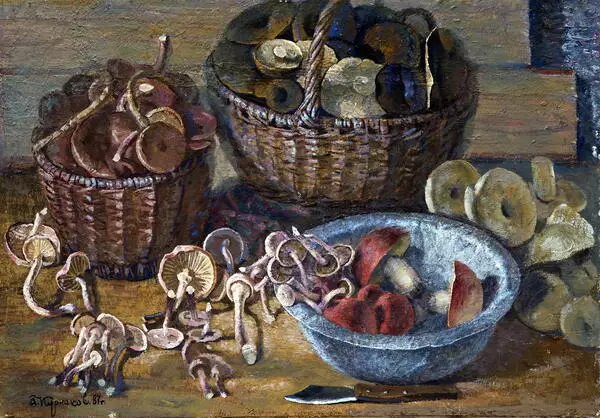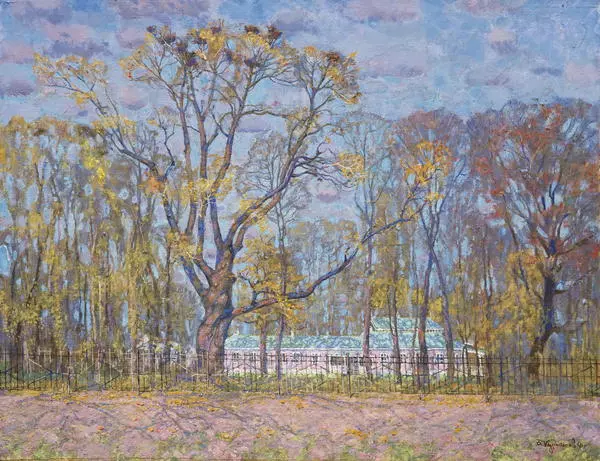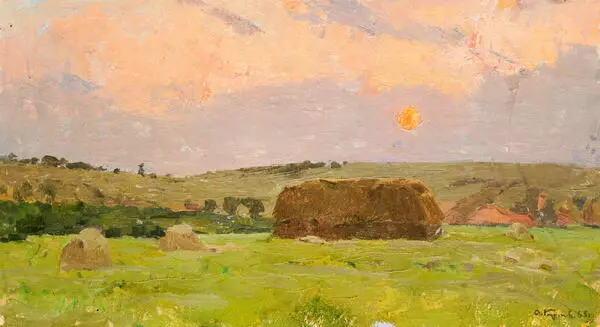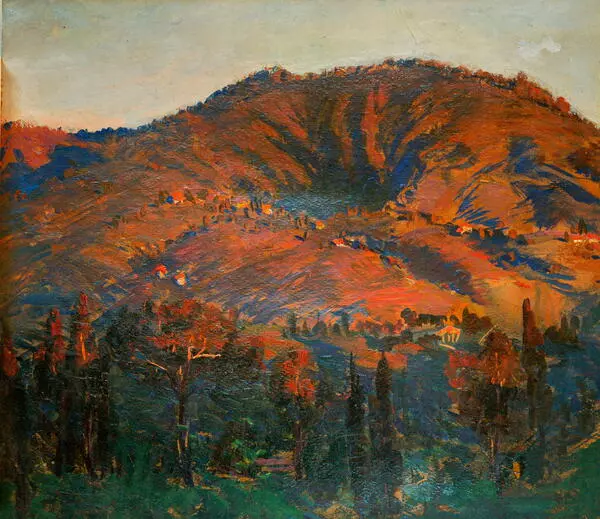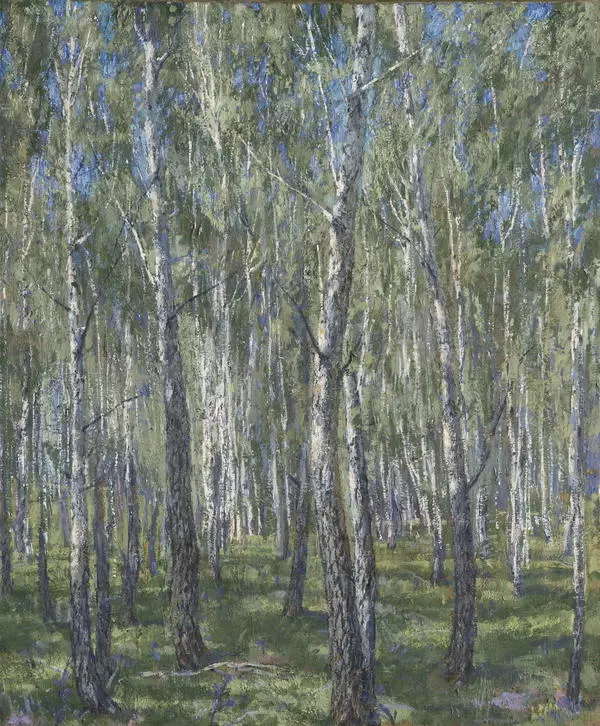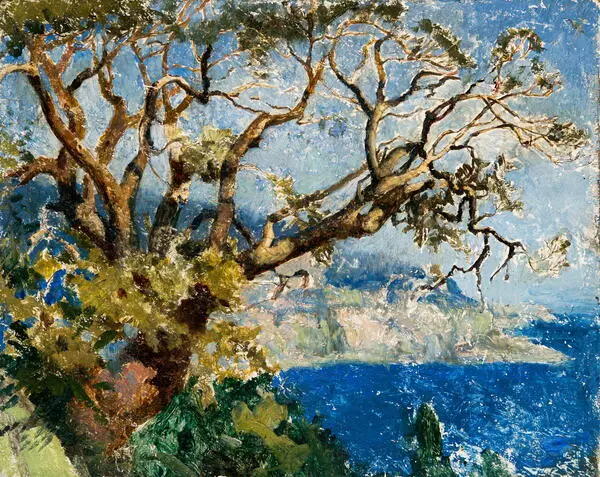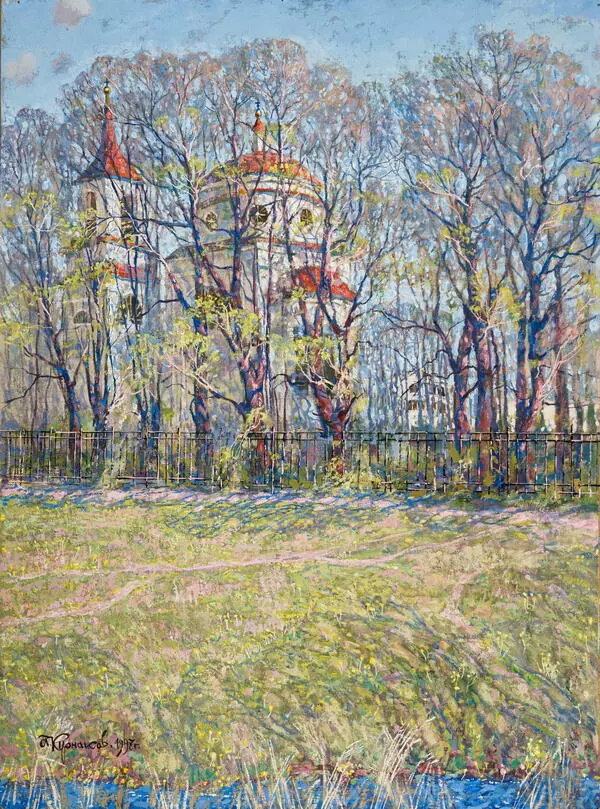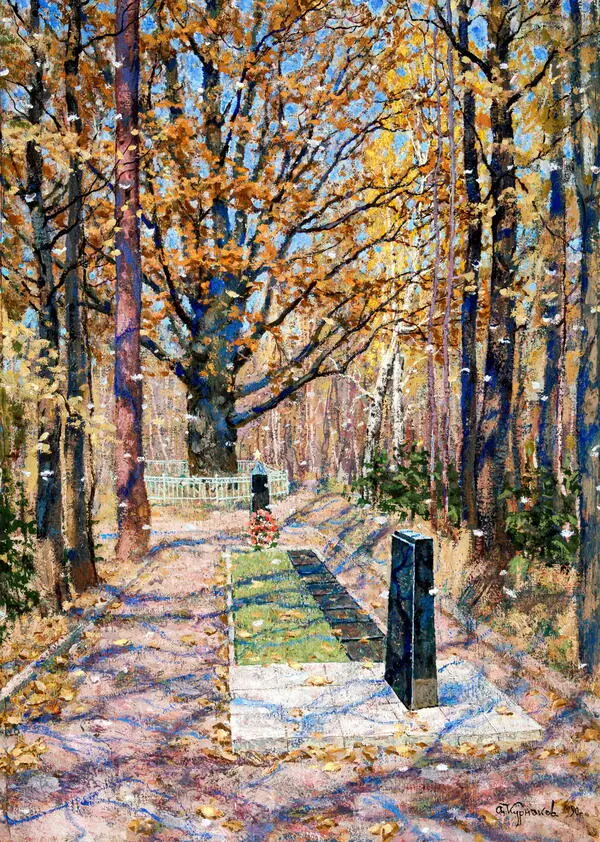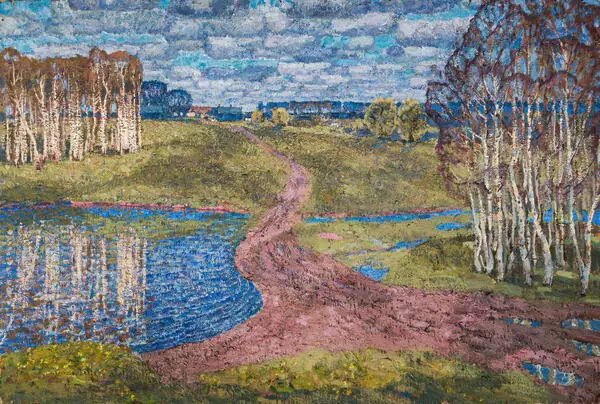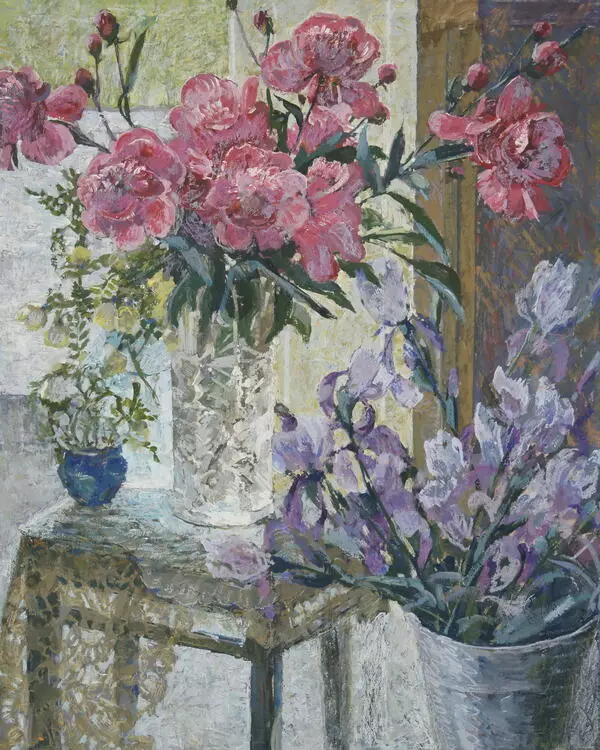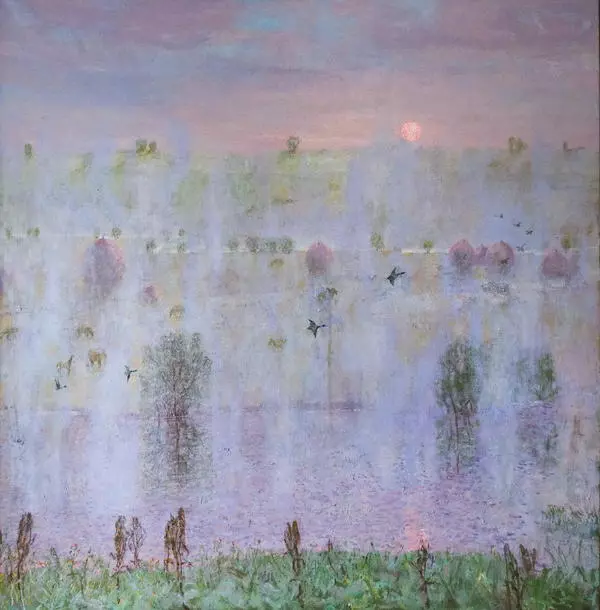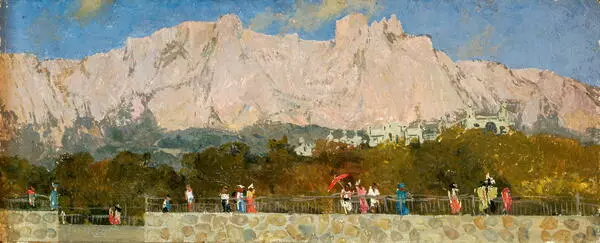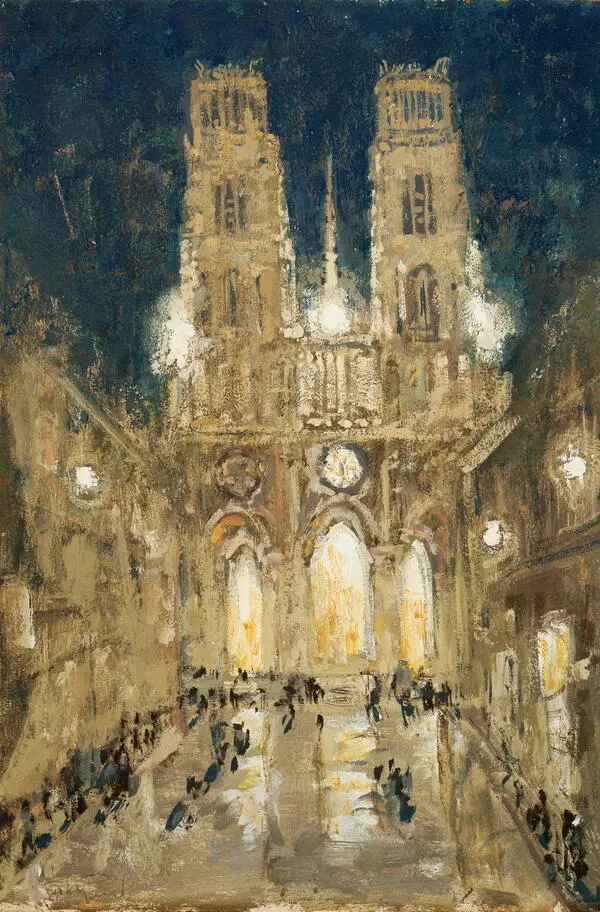In 1744, St. Andrew’s Church was built on the steep bank of the Dnieper River in Kyiv for the visit of Empress Yelizaveta Petrovna. This is the only surviving building by the famous architect Bartolomeo Rastrelli. The church was founded in the area where, according to legend, the Holy Apostle Andrew the First-Called erected a cross on his way to the north, therefore the building is shaped to resemble a cross.
To put the church on top of the hill, the builders had to develop the construction of a special stone foundation and connect it with a stylobate of the two-storied building adjacent to the steep slope. This foundation supports the entire 46-meter-high structure. The church has one dome with five small decorative spires. Its façade is decorated with Corinthian columns, pilasters, and rich stucco moldings. The windows and doors of the church are decorated with ornamental details. A wide cast-iron staircase leads from the lower level to a porch with a set of railings.
In terms of style, St. Andrew’s Church belongs to Baroque, which is characterized by grandeur, sensuous richness, picturesqueness, and dynamics of architectural forms, as well as exuberant detail, glitter, and bright color contrasts of walls. White columns, pilasters, and cornices stand out against the turquoise background; cast-iron capitals and cartouches sparkle like gold, and shiny garlands curl along the edges of the dark green dome.
Andrey Kurnakov rarely depicted architectural objects, but St. Andrew’s Church seems to have caught his special attention. The seemingly featherlight structure looks as if floating in the air. To capture the fleeting atmosphere of the scene, the artist works in the alla prima technique, which does not require emphasizing the details and meticulous copying of the object. Kurnakov works with a very thin layer of paint and, keeping in mind the general map of shades and background, uses fluent separate strokes of paint to outline the columns, the exterior design of the church, the railings, and the famous staircase.
It was important for the artist to convey the first fleeting impression, the atmosphere of the celebration, and the mood. The church, depicted against a backdrop of the bright blue sky, is painted in light colors: shades of white, light blue, pink, golden, and turquoise harmonize with the dense lush greenery. The painter uses a single stroke to indicate each figure on the stairs and the porch. Their eye-catching clothes add to the overall joyful ambiance.
To put the church on top of the hill, the builders had to develop the construction of a special stone foundation and connect it with a stylobate of the two-storied building adjacent to the steep slope. This foundation supports the entire 46-meter-high structure. The church has one dome with five small decorative spires. Its façade is decorated with Corinthian columns, pilasters, and rich stucco moldings. The windows and doors of the church are decorated with ornamental details. A wide cast-iron staircase leads from the lower level to a porch with a set of railings.
In terms of style, St. Andrew’s Church belongs to Baroque, which is characterized by grandeur, sensuous richness, picturesqueness, and dynamics of architectural forms, as well as exuberant detail, glitter, and bright color contrasts of walls. White columns, pilasters, and cornices stand out against the turquoise background; cast-iron capitals and cartouches sparkle like gold, and shiny garlands curl along the edges of the dark green dome.
Andrey Kurnakov rarely depicted architectural objects, but St. Andrew’s Church seems to have caught his special attention. The seemingly featherlight structure looks as if floating in the air. To capture the fleeting atmosphere of the scene, the artist works in the alla prima technique, which does not require emphasizing the details and meticulous copying of the object. Kurnakov works with a very thin layer of paint and, keeping in mind the general map of shades and background, uses fluent separate strokes of paint to outline the columns, the exterior design of the church, the railings, and the famous staircase.
It was important for the artist to convey the first fleeting impression, the atmosphere of the celebration, and the mood. The church, depicted against a backdrop of the bright blue sky, is painted in light colors: shades of white, light blue, pink, golden, and turquoise harmonize with the dense lush greenery. The painter uses a single stroke to indicate each figure on the stairs and the porch. Their eye-catching clothes add to the overall joyful ambiance.



